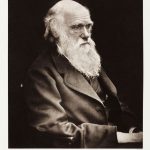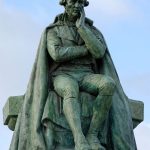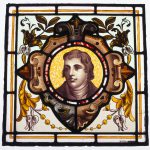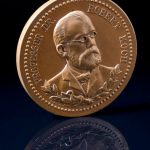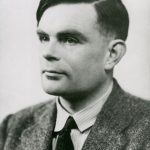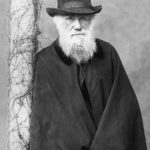On heroism
Article DOI: https://dx.doi.org/10.15180/140107
On heroism
https://dx.doi.org/10.15180/140107/010In the short opinion piece that follows, I try to set out some of my concerns about ‘heroism’. A number of experiences have led me to a long-term interest in this theme, which comes into sharper focus when we consider its prominent position in many forms of public culture. As a young historian of science, I was taught that hagiography was bad, and that biography was an old-fashioned genre which encouraged an unhistorical approach to the past of scientific knowledge. When working in a history department early on in my career, I was struck by how a colleague’s wonderfully researched and written biography was treated as a not particularly serious work by some academics. Then the surge of interest in life-writing happened, and as I was working more on portraiture – the ways in which images and lives had been used to build reputations and forge strong bonds between people with shared interests in science, medicine and technology – it claimed my attention.
For several years I taught a Masters-level module on heroism. My students showed me how deeply invested we still are in heroes – a point reinforced in all parts of the media – when they got highly emotional about certain figures, and were frequently reluctant to subject such responses to critical scrutiny. I learned that people associated with warfare and empire-building continue to exercise extraordinary allure, while remaining contentious. Around the same time, I became interested in the vogue for celebrating anniversaries, which often raise tricky questions about what, precisely, is being celebrated, by whom, and with what motives. When writing about portraiture, as I have been doing over the past two decades, the issues around heroisation are inescapable. I recognise that museums, especially those associated with science, are places where these matters are also debated, although in distinctive ways, since their very survival generally depends on public support for their work, and members of the public may indeed have a thirst for heroic figures, which is willingly met by the media in an age of celebrity.
These phenomena touch many areas of study, including the relatively new field of public history. This has developed much more robustly in North America than elsewhere, although other countries are now becoming actively engaged in a field that possesses, among many other striking features, the capacity to bring academic historians into greater contact with the museums and heritage sector. These collaborations are complex partly because, although overlapping in some respects, each sector faces different challenges, and their distinct practices tend to spawn distinctive habits of mind. Important bridges and collaborations exist already, and there seems to be a strong consensus that these deserve to be strengthened further. The treatment of ‘heroes’ is possibly one area where tensions remain, and these are worth exploring.
Heroism is the very opposite of a self-contained theme. I suggest that it can be used as a way into topics such as competitive nationalism in science, medicine and technology. It also illustrates beautifully the ways in which claims for the universal benefits of natural knowledge are mounted in contexts where elaborate interests are at work. Historians, whatever their institutional location, grapple with these complexities. Comparative approaches can help here, so that we do not treat science, medicine and technology in isolation, even as we analyse their distinctive characteristics. Considering heroism in a range of contexts, academic and museological, is one way forward, since talk of heroes is everywhere, and has been for centuries.
In the worlds of science, medicine and technology, heroism has a special place. It is not surprising, then, that it features prominently in many science museums, nor that those who bring science to wide publics believe that it can act as a compelling bridge between specialists and non-specialists (see Figure 1). We speak, lightly, of heroes and villains, as if this were an unproblematic phrase, while the polarisation of good and bad is seen as an effective marketing tool that perhaps should not be taken too seriously. Historians of science tend to squirm when faced with the adulation of towering geniuses from the past, although many academic careers have been made by studying such giants, in whom there is generally a lot more interest than in those who are less well and warmly remembered. Having worked on Jean-Baptiste Lamarck (see Figure 3), who got evolution ‘wrong’ in the eyes of many people, I have long been keenly aware that he will never attract the sustained attention given to Charles Darwin (see Figure 2).
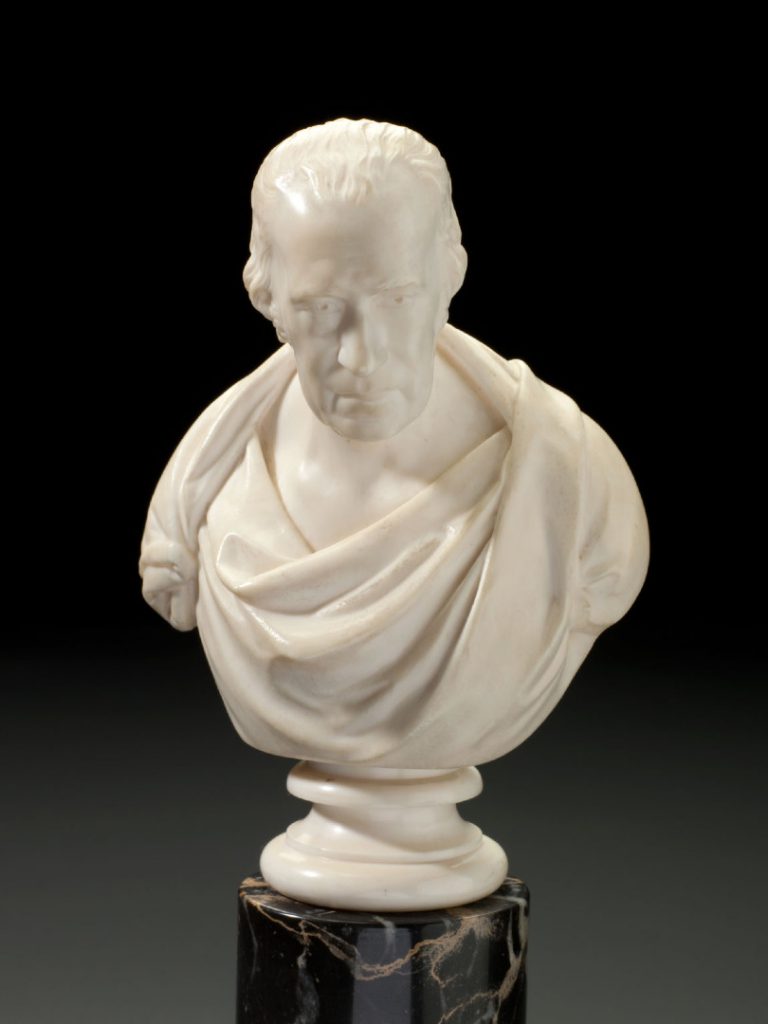
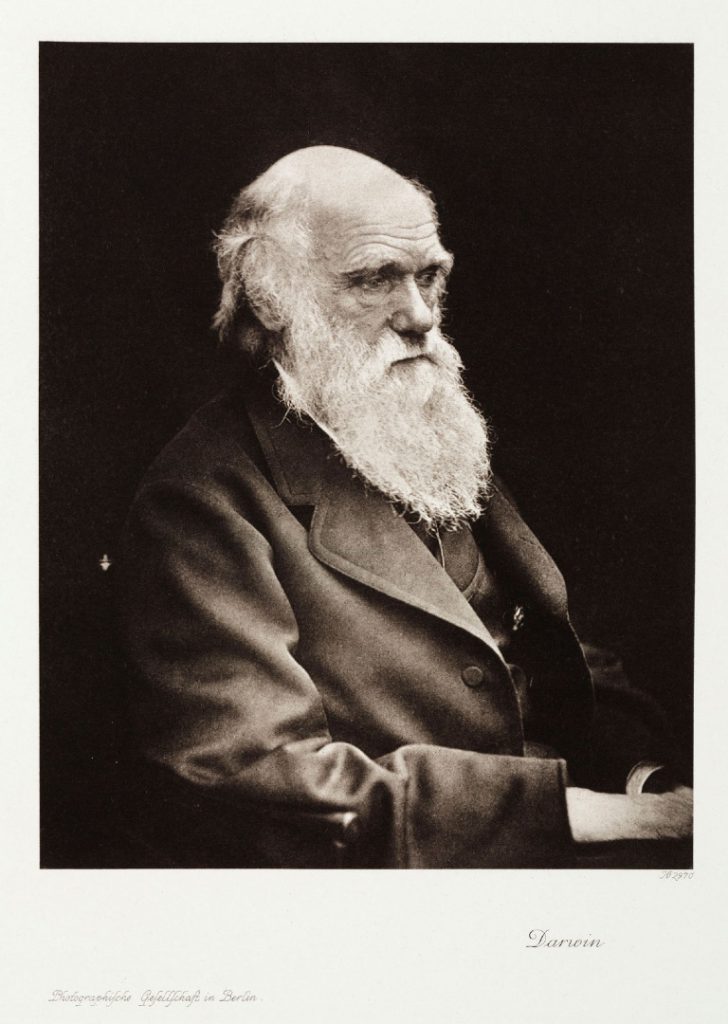

Indeed, I once heard a distinguished scholar ask ‘Why would one study the 2.1s rather than the firsts?’. Historians of science have developed robust answers to this question, which hinge on a refusal to impose anachronistic judgements on past figures and on a deep commitment to showing science in contexts that are as rich as possible. The languages of achievement are certainly intricate. Greatness and heroism, for example, are not precisely the same. Heroism is both difficult to define, and now used with increasing abandon in a context where people, especially celebrities, are highly commodified. We may think of celebrity culture as rather new, but in fact there are many historical precedents, especially when it became possible to disseminate images and texts cheaply and easily. I can assert that there is a tendency to heroise, if at all possible, those whose achievements are deemed extraordinary, while acknowledging that ‘heroes’ may have little in common with one another. The very idea is so alluring that it can be extended to non-human phenomena, such as machines, natural phenomena, journeys, and even historical periods.
Nestling in the previous paragraphs are some serious and intractable problems. They come to a head in science museums that use heroes and heroism to attract audiences, gain their attention and explain science’s pasts to them. Immediately we can identify some of the difficulties. Heroism is a morally charged idea; many historians, and especially historians of science, have turned away from the idioms of winners and losers, goodies and baddies. How good, we might ask, as history, are presentations that use such moral criteria? However, these are mainly difficulties for professional historians.
Then another problem presents itself: a culture-clash between public discourse and scholarship. Many museums aspire to be in touch with, and use, cutting-edge scholarship, much of which is highly critical of heroic languages in general and of the heroisation of specific individuals. Scholars seem to be increasingly keen to collaborate with museums and galleries. They are searching for places in museums where a critical vantage point can be acknowledged and developed, although it must be admitted that museological skills are not yet widely dispersed in academic environments, whereas many curators possess strong academic ones.
History of science is not alone in its concerns about heroisation. There are suggestive comparisons with the art world to be made, where blockbuster shows, which make such an important contribution to the income of museums, trade on names that have the widest possible recognition value. We acknowledge that there have been long traditions of elevating (a few) artists to a special status, often spoken about in terms of genius, and certainly indebted to romantic notions of individuals struggling for recognition. Much history of art is devoted to such figures, despite some scepticism about the familiar cultural tropes involved. When it comes to museums, it is simply much harder to organise exhibitions around those whose names are less familiar, however worthy or important they were in their own times. Heroic narratives around a lone individual transcending adversity may be found in many contexts. Yet the international markets which trade in aesthetic heroism have no exact parallel in science. However, science does mobilise ideas about the benefits that knowledge of nature can bestow upon mankind, and these may become the basis of distinctive forms of heroism. As talk of various forms of heroism has proliferated in popular culture, scholars have become increasingly concerned to develop critical perspectives that do not take heroic discourse at face value.
It may help to be more explicit about the origins of the scepticism about hero-talk. As history of science became increasingly professionalised after the Second World War and delineated as a specialised field, it joined mainstream history in setting past beliefs and actions in their contexts of production and dissemination, in turning away from present-centred, triumphalist stories of inexorable progress and in endowing those possessing values distant from historians’ own with dignity and respect. That, at least, was what many historians of science professed. Thus there was a stage when biographies of renowned figures were treated as old-fashioned enterprises, no longer cutting edge in scholarly terms, and vulnerable to the charge of being hagiographic. This stage did not last long, although the disdain for hagiography remains. One of the most striking and valuable features of contemporary practices in the history of science is in fact the commitment to engaging with the major figures in all their biographical and intellectual richness. The attractions of working on such ‘giants’ include the complexities, the exhilarating intellectual challenges they present. Working on big names, whose significance is readily recognised, can be a smart move. In an era of intense competition for funding, these issues need to be acknowledged. Many such names figure prominently in science museums. Yet the gap between openly celebrating them and presenting them in a full and rich context, and from a critical vantage point, remains.
The languages and idioms of heroism are perceived by academics in many fields as objects of study rather than as phenomena to be embraced. So I wonder whether there is a tinge of irony in the fact that many scholars still prefer to work on the well-known and widely acknowledged, and to reach wide audiences with their writings? The most sophisticated examples both trade on and develop critiques of heroism. Perhaps scholarly activities are more affected by public discourse, with its intriguing intersections with celebrity culture, than we like to think.
A few contemporary scientists are indeed celebrities; in the UK the pop-star physicist Brian Cox is a particularly striking example. It is perfectly possible to analyse critically the phenomenon of celebrity science in the present day, just as it is to unpick the roles of heroic figures in the past. Such an approach may be intellectually satisfying, but it does not necessarily help those in museums who are mediating complex scientific concepts for general audiences. Ideally, people who earn their living by practising history are, more or less consciously, performing complex balancing acts between critical detachment on the one hand, and close engagement with their objects of study on the other. In so far as this is recognised and actively managed, it makes a valuable contribution to self-aware scholarship. Curators are fully part of such trends, while also being required to respond to institutional and broad political imperatives. Furthermore, we value self-awareness in the history of science precisely because the myth-making around science is so intense. These very same myths, however, are what in part draw people to visit science museums.
By myths, I do not mean claims that are untrue, but rather compelling stories and ideas that are capable of being easily understood and exercising allure, and do not necessarily manifest themselves at the level of individuals. Space exploration, for example, possesses a kind of ‘charisma’ that remains separable from the best-known 20th-century cosmonauts. Here again, many historians prefer to explain the appeal of space travel rather than participate uncritically in its wonder. I would suggest that excitement about the Large Hadron Collider in Switzerland is partly to be explained by its heroisation, its monumentality, even its cost. Exhibitions, such as the one on the Large Hadron Collider mounted by the London Science Museum in 2013, can certainly try to convey the large numbers of ‘workers’ involved, the unglamorous nature of much of what they do, and the importance of teams (see Figure 4). Such aspects of scientific work have been central to history and social studies of science for some decades now. But they are not what draw audiences to a museum. Rather, some sense of awe seems to be involved. Understanding wonder both in the past and the present is important, although that is still not the same as experiencing it at first hand. My arguments suggest that museums of science, technology and engineering face a particularly challenging task: that of creating accessible ties with the fields they represent, while drawing on scholarship that is rooted in critical distance, in scepticism, even cynicism.
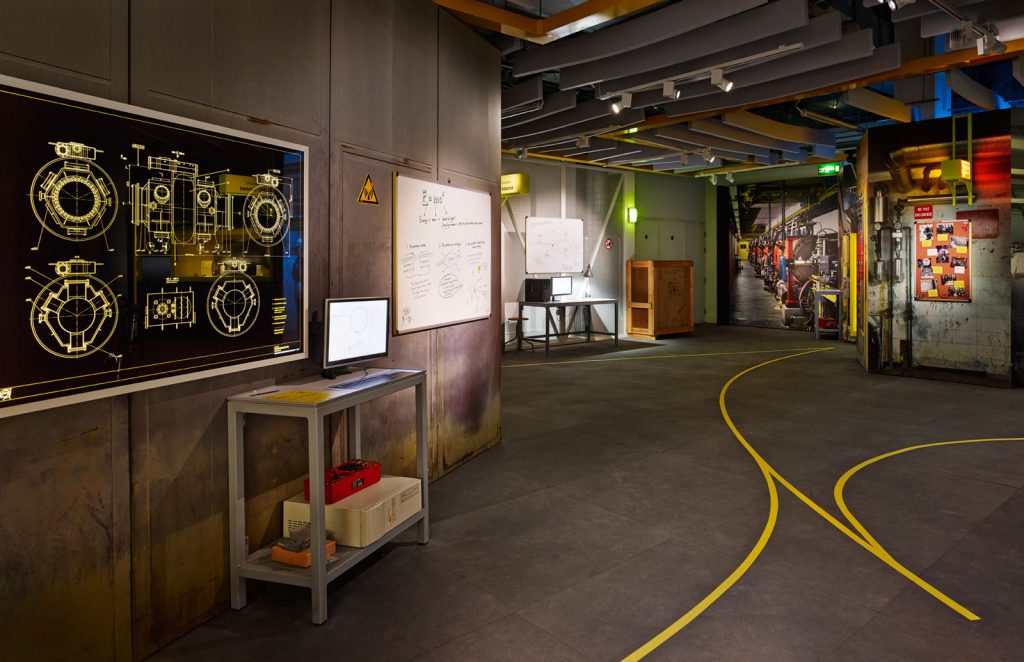
There are no easy resolutions to be found for these tensions. Instead we must face up to the difficulties, and treat them as presenting challenges worthy of sustained attention. Furthermore, there is a special task for museums here, to find ways of speaking about science that avoid the moralising that is inseparable from talk of heroes. Possibly the intensification of celebrity culture has made it even harder to generate such alternatives. If so, then ethical questions are raised about whether it is responsible to use current assumptions about fame, achievements, power and influence in telling the stories about how knowledge of nature has been acquired in the past.
Are there genuine alternatives? Other languages are available for those we might otherwise deem ‘heroic’. Colourful characters, forceful figures and leading lights are not moralised ideas, and might serve just as well as heroism when it comes to providing hooks that draw people into historical displays. This is to acknowledge that offering connections between visitors and those they encounter inside museums is a vital part of what museum professionals do. Such connections build upon the values and preferences as well as the senses of identity of diverse visitors. Thus it is undeniably important that girls and women should be offered the chance to understand the wide range of roles that females have performed in the past as they do in the present. The roles themselves vary from one context to another, but presenting individuals with whom visitors can identify is essential. Thus it certainly helps to acquire as sophisticated an understanding as possible of processes of identification.
Showing something of the real lives of scientists can bring all the different constituencies involved together without anyone having recourse to what is actually a divisive moralising strategy of attributing ‘heroism’ to a select few. Indeed, there is a tough-minded defence of making people more prominent in science museums: science is a human creation. It therefore contains within it the full range of human activities and emotions. It is the responsibility of science museums to explain how science comes about, how socially and culturally complex it is, how profound its ramifications. This strategy is directly connected to one of the most important concerns of historians of science, namely ‘practice’ – the things that people do, believe and enact while undertaking what we call ‘science’. Viewed in this way, and shorn of overt moralism, current museum approaches and professional history of science are perfectly compatible, at least in principle. It is worth noting that the vast majority of objects in the collections of science museums relate far more directly to ordinary ‘business as usual’ science than they do to the actions of the exceptional few, whose aura may indeed partly be created by the actions of museums, along with those who design stamps, make television and radio programmes, films (especially biopics), write popular biographies, and so on.
The moral dimensions of heroism are extremely hard to purge on the ground. This is partly because heroic languages serve particular interests, especially in a political environment in which attracting funding into science, medicine and technology is a continual struggle. The public value of these domains is a central claim that is made above all to governments who are determining spending priorities. If such forms of knowledge are cast as a public good, then it is likely that those who create them most effectively will be endowed, if in some cases with considerable effort, with ‘heroic’ qualities. Commentators sometimes point out that there is ‘good’ science and ‘bad’ science. In this context, ‘good’ and ‘bad’ refer to standards that are generally accepted at the time as necessary for determining whether any given piece of research should be funded, published and taken seriously. ‘Good’ and ‘bad’ here certainly refer to value judgements, but they do not necessarily imply judging the moral worth of specific human beings. Criteria for evaluating research are somewhat abstract and of particular interest to philosophers of science, but they are not easy to display in a museum. It is considerably more compelling to present specific research, whether experimental or not, undertaken by particular people who lived in contexts that can be described and communicated to visitors.
By its very nature, ‘science’ presents formidable challenges to those who seek to make it accessible to wide publics, which may be distinguished from those posed by ‘art’, for example. These differences include not just the specific standards by which sound knowledge is claimed to be generated, but the abstract, intellectually demanding content of much science. Both medicine and technology are more amenable to public presentation, museologically speaking. This is partly because of the artefacts they generate and use. But it is also because of the ways in which they appreciably touch everyday life. Hence those known to have helped ‘conquer’ disease are particularly warmly heroised (see Figures 5 and 6).

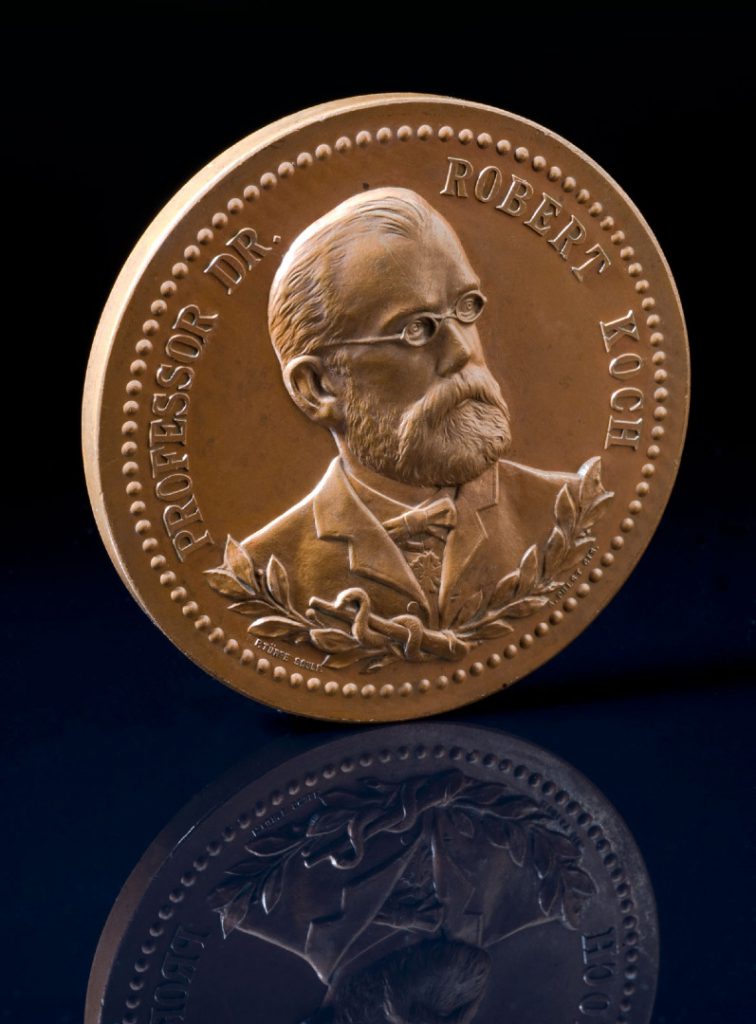
It is undisputed that the vast array of phenomena we customarily corral together as ‘science’ touch day-to-day life too, but these can be far harder to explain and display. Furthermore, we tend to have, if in different senses, personal relationships with technicians and medical personnel upon which to build in generating understanding of technology and medicine. Such experiences, which are diverse, nonetheless offer bridges between individuals and groups with markedly different levels of knowledge and expertise. Biographical genres build on readers’ understanding of their own lives, and they possess special significance in this context, partly because historians of science have been preoccupied for many decades with exploring ways of telling a rich life accessibly, without imposing crude, anachronistic categories upon it. Radio programmes are currently doing the same for contemporary science. The Life Scientific on BBC Radio 4 is a fascinating example; it manages to convey some of the subtleties of scientific research and the complex interplay between life and work, without indulging in hagiography.
The personalities of scientists can act as useful hooks, although some notable figures may not in fact possess particularly enticing ones. This was certainly a problem in the past; for example, when it became customary to write memoirs of scientific figures after their deaths. Such memoirs were common by the 18th century. Cultural effort has long been expended on presenting science to publics of many kinds. What is capable of making any given figure alluring at a precise moment in time varies markedly. The success of the Science Museum’s recent exhibition about Alan Turing illustrates the point.
Only a few decades ago, it would have been difficult to allude to his sexuality or to the unresolved circumstances around his early death quite so openly. Turing was a complex person, this much is clear from the memoir written by his mother, recently republished, together with an essay by his brother that tells a rather different story. The Turing we recognise in the early 21st century is a very particular kind of ‘hero’, one with whom it is easy to sympathise because his suffering and persecution can now be avowed in a setting where responses to his homosexuality are generally felt to have been inhumane (see Figure 7).
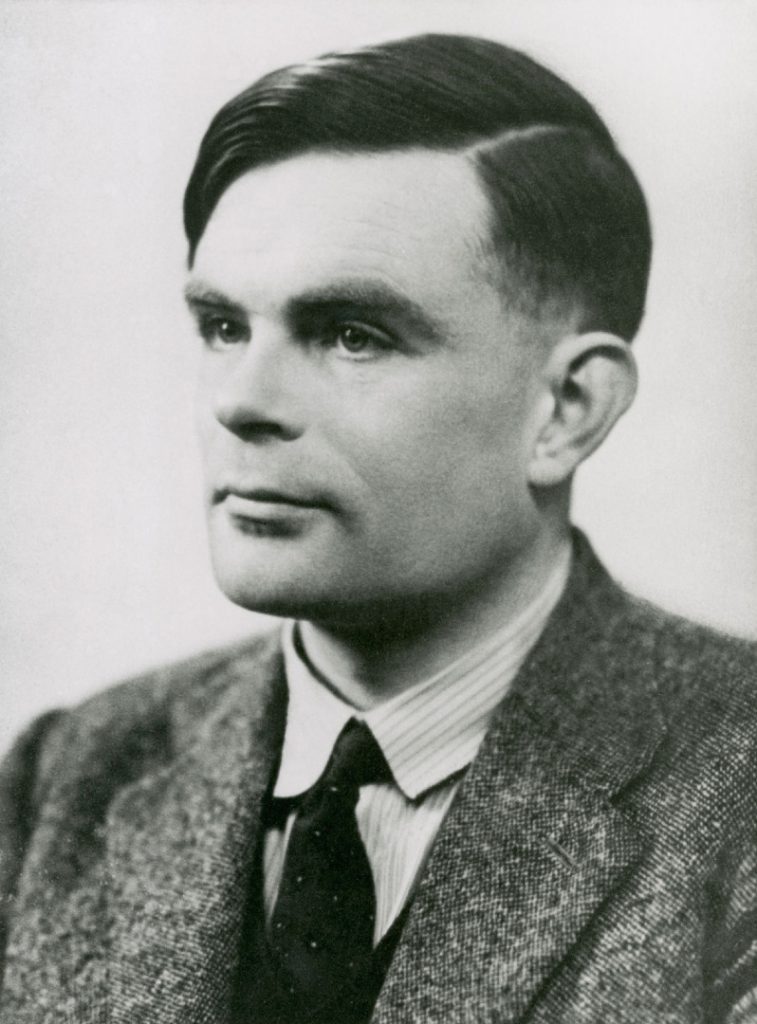
However, it is still necessary to guard against one common trope in accounts of scientific heroism, namely the scientist as victim, or as misunderstood outside specialised communities.
Naturally there are strong desires within scientific circles to celebrate their most notable achievements, even if there is debate on the precise nature of such achievements. But such drives raise further questions. This time it is less a matter of tensions between professional historians and those who create accessible displays, than of fraught relationships between the urge to make assertions about national excellence and the most fundamental claim of all modern science, that its findings are significant precisely because they are universal. If the latter is true, then nationality should not matter, any benefit should in principle know no political boundaries, and competitive nationalism would be utterly inappropriate. Claims about the apolitical nature of science may be rhetorically useful, but they are intellectually limited. The practice of science is an intensely political business and in a range of ways. Historians of science can make a contribution by tracking each phenomenon case by case, showing exactly how it works. The successful campaign to bury Darwin in Westminster Abbey is an excellent example. Darwin’s complex and changing relationship with Christianity is well known; it was neither his wish, nor initially that of his family that he should be buried in London among the nation’s heroes (see Figure 8).
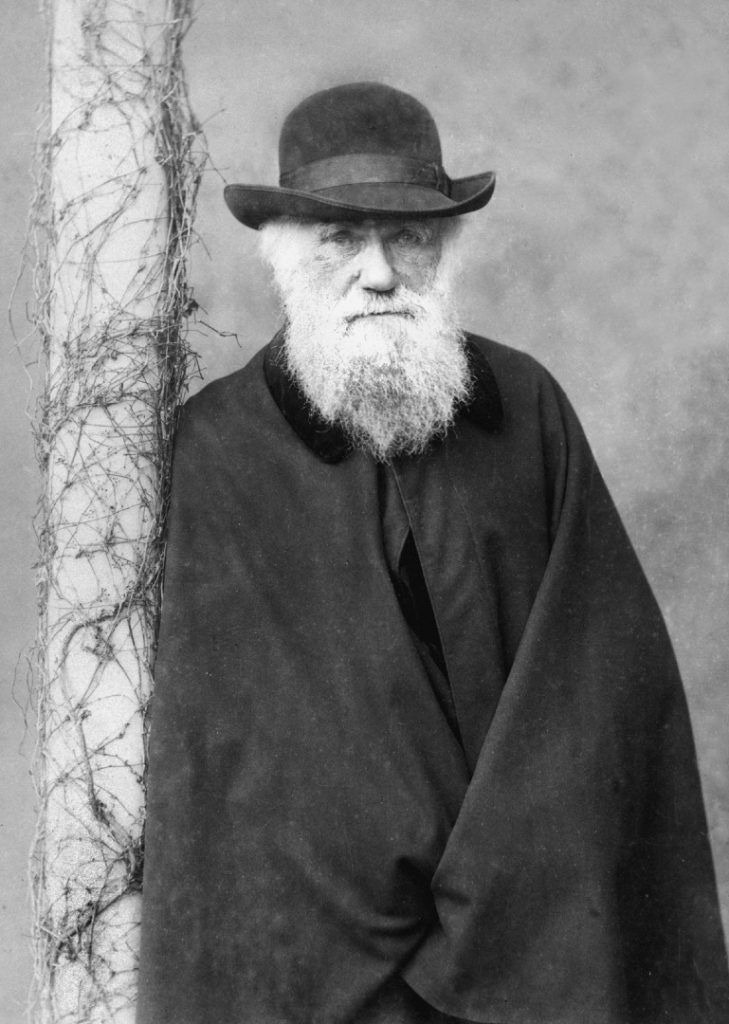
Historians can tease apart such intricacies in prose, but it is far harder for them to be fully confronted in public displays. Again, Lamarck provides a good example of this point. He was, and is, openly fêted in France, but nonetheless for many commentators, he simply got it ‘wrong’. His statue in the Jardin des Plantes in Paris treats him as a precursor, who has been unjustly neglected (see Figure 9).
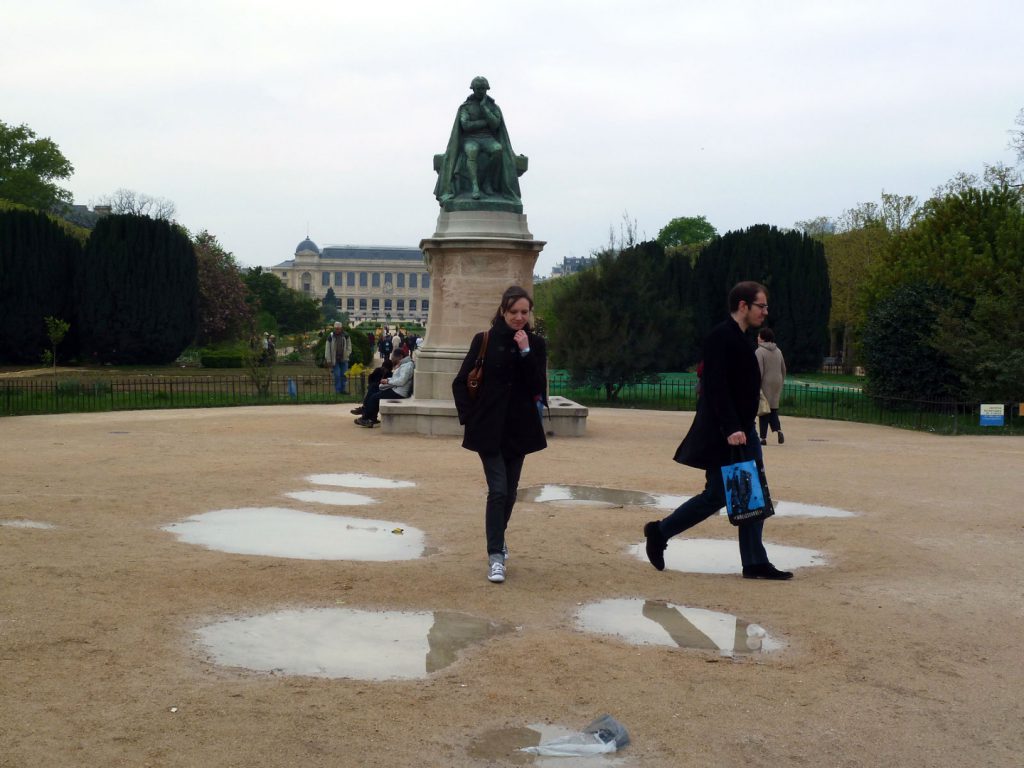
It celebrates him unambiguously, presumably for reasons of national pride. The politics behind such heroisation include the intricate, long-standing rivalries between Britain and France. Such entanglements, which for historians get to the heart of the self-construction of scientific communities, are not easy to display. In any case doing so would involve being explicit about both competitive nationalism and claims about the universal benefits to be derived from science, medicine and technology, which could seem indecorous in the context of national and international museum displays.
To conclude: we cannot resolve the issues I have been sketching in simply through more ‘research’, no matter how historiographically sophisticated. Rather, science museums might be conceptualised as zones within which conversations take place about them. It goes without saying that curators will want to generate and draw upon the most compelling research in a range of fields. The questions I have touched on here go far beyond science, medicine and technology, since they pertain to notions of leadership, cultures of celebrity, styles of biography, forms of identification, patterns of praise and blame, and the nature of public culture, and these touch all citizens in all countries. If science museums could provide opportunities for well informed debate about such matters, they would be able to show how useful a critical take on ‘heroism’ can be, and also how ‘science’ participates fully in its parent societies. It would be good to see a concept as powerful and contested as ‘heroism’ not exploited, but opened up for lively discussion. In the process, biographical genres, seen by some as ‘traditional’, could become the handmaiden for fresh debates around science, medicine and technology.
Further reading
I have discussed some of the issues mentioned here in Defining Features: Scientific and Medical Portraits 1660-2000 (London), especially in chapter 3 on ‘Gender and Scientific Heroism’, and in my contribution to Hoock, Holger (ed), 2007, History, Commemoration, and National Preoccupation: Trafalgar 1805-2005 (Oxford), pp 7–19.
I find Geoffrey Cubitt and Allen Warren (eds), 2000, Heroic Reputations and Exemplary Lives (Manchester), extremely useful, especially the introduction; see also Cubitt’s edited 1998 volume Imagining Nations (Manchester).
The literature in the history of science that touches on ‘heroism’ is vast. I have been particularly struck by changing approaches to Darwin, for example, Adrian Desmond and James Moore, 1991, Darwin (London). Pertinent to my comments here is James Moore, 1995, The Darwin Legend (London). Janet Browne’s, 2006, Darwin’s Origin of Species: a Biography (London) neatly illustrates a number of trends, as does Edward Marriott’s, 2002, Plague Race: a Tale of Fear, Science and Heroism (London). Work on Darwin and other major scientific figures, such as Newton, has done much to raise the status of biography.
Two studies of biography in the history of science are helpful: Shortland, Michael (ed), 1996, Telling Lives in Science: Essays on Scientific Biography (Cambridge), and Söderqvist, Thomas (ed), 2007, The History and Poetics of Scientific Biography (Aldershot).
Christine MacLeod’s 2007, Heroes of Invention: Technology, Liberalism and British Identity, 1750-1914 (Cambridge) is a valuable study. She discusses James Watt, who was in some ways an unlikely hero, at length.
Many British universities now contain centres for, and offer courses in, life-writing. The distinguished biographer Hermione Lee has written an excellent brief account of biography as a genre in her 2009 book Biography: A Very Short Introduction (Oxford), see also her 2005 book Body Parts: Essays in Life-Writing (London).
That notions of genius remain current in art history is evident from John House, 2010, The Genius of Renoir (New Haven and London). Also relevant are: Myrone, Martin, 2005, Bodybuilding: Reforming Masculinities in British Art 1750-1810 (New Haven and London), and Junod, Karen, 2011, Writing the Lives of Painters: Biography and Artistic Identity in Britain 1760-1810 (Oxford), since they cover such a crucial period of change with respect to ‘romantic’ ideas of heroism. Gender is of fundamental importance for thinking about heroes and their construction.
On Turing, see Turing, Sara, 2012, Alan M Turing, Centenary Edition (Cambridge).
In the UK, the links between universities and museums are being strengthened because of the so-called ‘impact agenda’, where the ‘impact’ of research is evaluated as part of the Research Excellence Framework, and also through funding for Collaborative Doctoral Awards, allowing students to be supervised in both a museum and an academic department.
See also John Christie’s essay on ‘The Development of the Historiography of Science’ in Olby, R C, et al. (eds), 1990, Companion to the History of Modern Science (London and New York), pp 5–22, which outlines the state of play, including with respect to biography, at the end of the 1980s.




